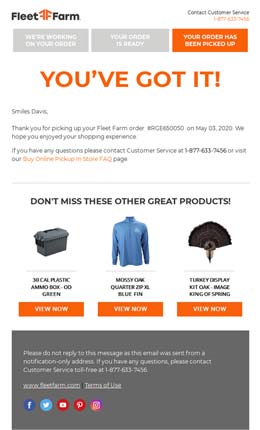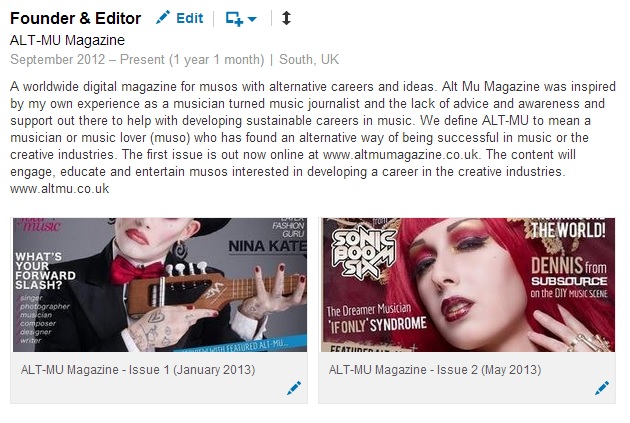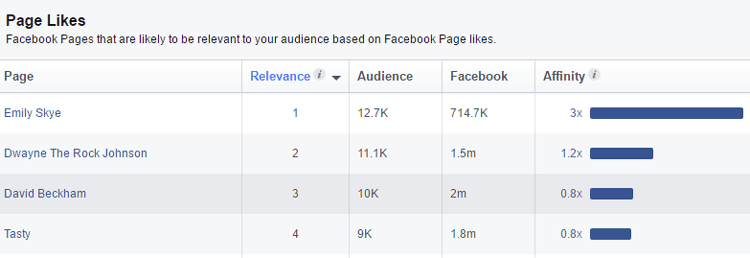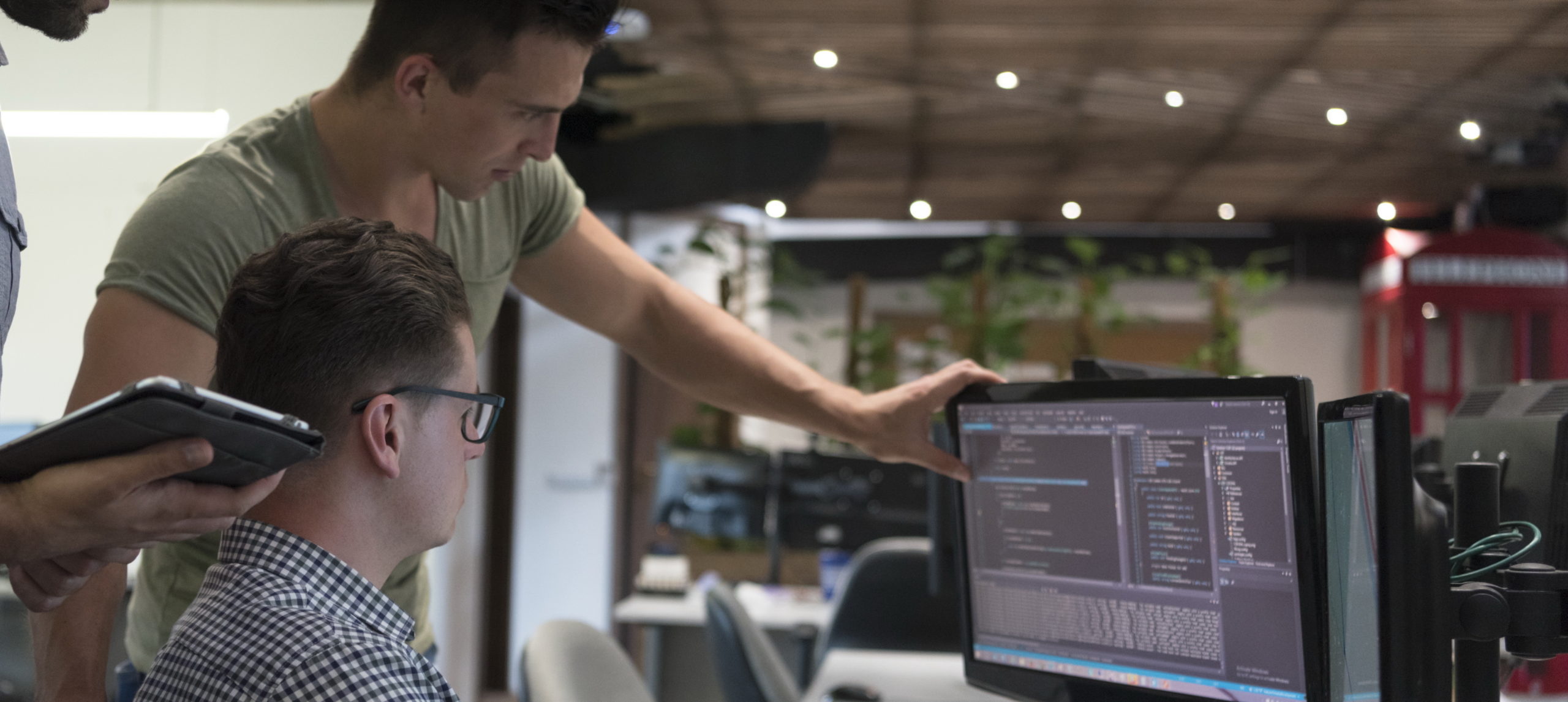

To have a successful eCommerce website, your User Experience (UX) needs to be top of mind. UX is how a customer feels about a specific interaction on your website, be it your customer service, their checkout experience or simply scrolling through products.
Obviously, you want to be providing only positive experiences. New UX strategies and tactics are being pioneered every day, and it’s up to you to ensure that your brand is keeping up with the latest trends in UX and web design. Make sure that you’re aware of—and also utilizing—the best possible tools and web design trends for your business, and you’ll ensure your site has a great UX.
With that in mind, here are 7 eCommerce user experience and web design trends we’re noticing.
Dark Mode
By any standard of measurement, everyone has seen an increase in their ‘screen time’, and with that has come the desire and need to lessen the strain on the user’s eyes. Therefore, it’s not surprising that dark mode (or night mode) is becoming an increasingly popular design trend. Dark mode is a display setting that uses light-colored text, icons, and graphical user interface elements on a dark background. Users often enjoy the aesthetic and the experience, regardless of whether they’re using their device during the day or at night.
It’s worth mentioning that dark mode consumes as much as 90% less energy on a user’s phone than light mode, making it more battery-friendly as well. This makes dark mode a great way to meet your customers’ needs and improve your brand.
Chatbots
As opposed to live chat, which requires a human customer service person to respond to queries, chatbots are technology-driven tools for keeping your business’s lines of communication open. Now they are growing in popularity because they are proving extremely useful for meeting certain customer needs.
From a business perspective, chatbots are great for taking care of simple tasks or answering queries during off-hours. From a customer perspective, chatbots are ideal for emergencies, with most people using them to get a quick answer or resolve a complaint or question. They’re especially popular with younger users—40% of millennials claim to use them on a daily basis, and 69% say they would rather engage with a chatbot than a person. If possible, it’s great to use both chatbots and live chat to ensure you have all your bases covered.
Voice Search
It’s been tipped as the next big thing for a few years now, but over the holidays we noticed that voice search is really on the rise. As of last year, at least 35% of all US households are now equipped with at least one smart speaker, and they’re being used to make all kinds of purchases, from food and household items to fashion.
The primary appeal of voice search, like with chatbots, is convenience, and if you can increase that, you will be sure to improve your site’s user experience. Gartner estimated that, by 2021, “brands that redesign their websites to support visual and voice search will increase digital commerce revenue by 30%.” Ultimately, the more avenues you make available to people to purchase your products, the greater your chances for increasing your conversion rate.
3D Modeling
Visuals are hugely important for ensuring a strong user experience, and so naturally, eCommerce stores are looking for ways to power up this aspect of their business. For an eye-catching, engaging way to showcase your products, 3D models are a great option to try.
High-quality 3D visuals allow users to zoom, spin, and inspect products at every angle. This allows your customers to get a better look and feel for your products and greatly aids in their decision-making process. 3D visuals can also add dimension to the overall look and feel of your website, particularly if it has a more minimal layout. If you use Shopify, you can find an expert who can help you incorporate 3D modeling by visiting the 3D model category of the Shopify Experts Marketplace. If you use BigCommerce, the Zakeke Product Customizer app enables you to provide real-time 3D product previews like the one below, for a more immersive customer experience.
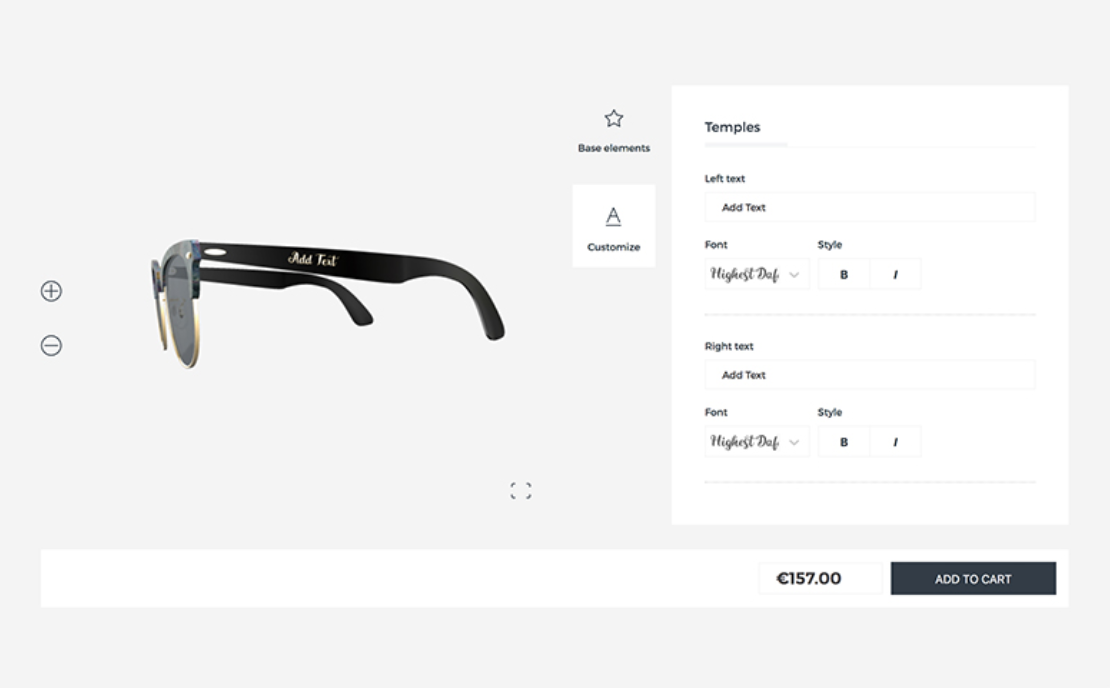

Augmented Reality
If you really want to step it up, you can enable users on mobile devices to view your 3D models in the world around them via augmented reality (AR). This allows shoppers to see what your products look like in their immediate physical environment, without having to physically engage with them. This can have a powerful effect—AR has been found to increase customer engagement by 66%.
In recent years AR has gone from novel to increasingly viable, as brands and websites of all sizes look to engage users on a more meaningful level. Jeep is utilizing AR for its “Build & Price a Jeep” page, and fashion and accessories brands like Warby Parker are also offering virtual try-on via AR capabilities on their app. For a next-level, immersive experience, AR is the way to go.
Shopify has a whole suite of solutions for augmented reality on their platform, and BigCommerce recommends powerful AR technology provider Threekit for eCommerce on their platform. That said, all of this can be a little daunting to the uninitiated. If you’re stretched for time, reach out to our team at InteractOne for expertise and guidance, and we’ll help you find the right solution for your business.
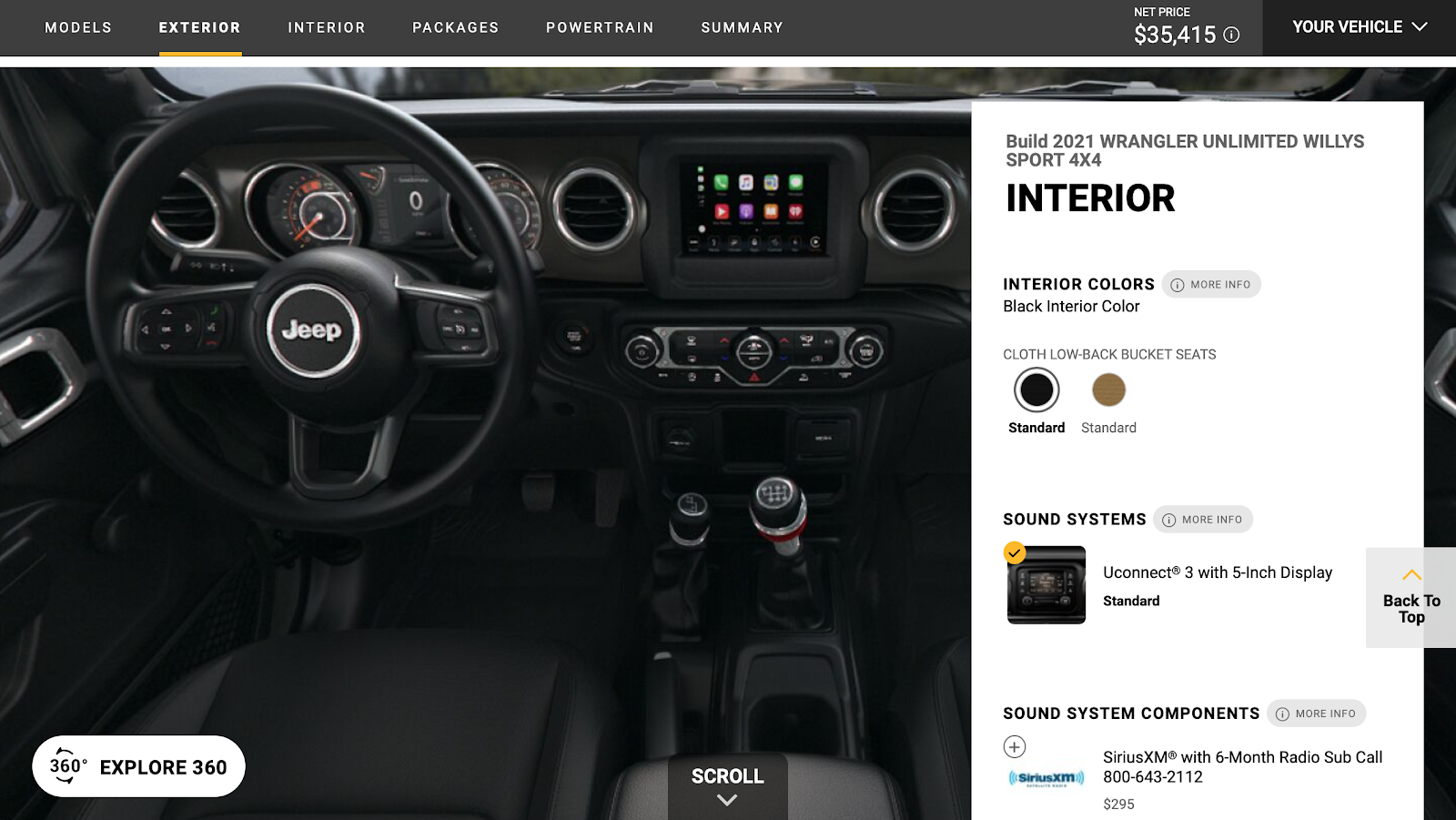

Multimedia Content
The proliferation of faster internet speeds is enabling greater online shopping in the form of multimedia-rich websites. The best web stores nowadays combine text, images, audio, and video for an exciting, engaging user experience.
However, you don’t want to overwhelm your visitors, so you need to choose carefully what you implement, and where. Prioritize simplicity and combine elements where possible so that they’re not competing for your users’ attention and inadvertently making your UX worse!
It’s possible to combine a lot of multimedia elements at once without overwhelming your visitors—Redbull achieves this with their website’s clean design. On the other hand, the example on the right quite clearly shows you everything you shouldn’t do.
You’ll also want to ensure your website remains ADA compliant. A key to ADA compliance is keeping your multimedia elements accessible by including alt text on images, having closed captions on videos, and avoiding using autoplay on video or moving content.
Dynamic Visual CTAs
Your web store will surely already have calls to action (CTAs) encouraging people to at least “sign up,” “add to cart,” and “check out.” But there is a lot more you can do with CTAs than you might have initially thought. As we all know, an eye-catching CTA is essential for converting shoppers, but in order to do that, you need something that’s strong both verbally and visually.
Like so much else with eCommerce websites, CTAs are becoming more dynamic and visual. Sliding CTAs are gaining popularity as a way to introduce movement and grab shoppers’ attention, and that’s just one way you can bring these important parts of your website to life. In order to find out what works best for your website, you’ll need to conduct A/B tests on your CTAs to determine exactly how big and bold to go with the copy and design.
Conclusion
If you’d like guidance on choosing and administering any of these or other UX and design trends into your eCommerce website, get in touch with us. Our team of specialists will be happy to assist you.
Get in Touch
Connect with one of our experts today to discuss your eCommerce needs!
Contact Us




